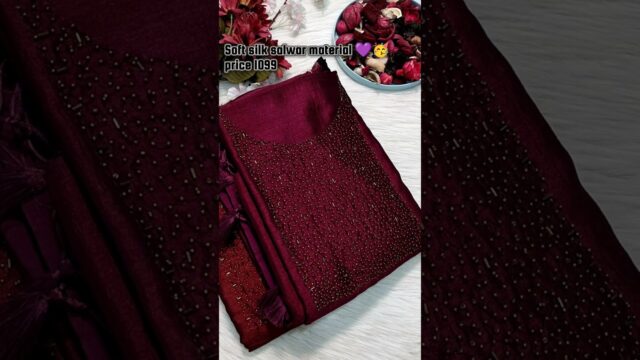HOW TO JUDGE MY MESH??
29KHey there, welcome to my tutorial on how to judge your mesh! In this video, I will be walking you through some key factors to consider when assessing the quality and effectiveness of your mesh design. Whether you’re new to 3D modeling or a seasoned pro, these tips will help you understand what makes a good mesh and how to improve your own creations.
First and foremost, let’s talk about the overall structure of your mesh. This includes the topology, or the organization of vertices, edges, and faces that make up your model. A clean and efficient topology is essential for smooth deformation and animation, as well as for reducing file size and rendering time. Look for loops and edge flows that follow the natural shape of your object and avoid any unnecessary triangles or ngons.
Next, consider the UV mapping of your mesh. UV mapping is the process of flattening a 3D model onto a 2D surface in order to apply textures and materials. Proper UV mapping is crucial for ensuring that your textures appear correctly on your mesh without distortion or stretching. Check for seams and overlaps in your UV layout and make sure that your textures are aligned correctly with your geometry.
Another important aspect to consider is the level of detail in your mesh. Depending on the intended use of your model, you may need to balance the level of detail with performance considerations. For high-resolution renders or close-up shots, you may want to add more geometry and finer details. However, for real-time applications or low-polygon models, you will need to optimize your mesh to maintain performance while still conveying the necessary visual information.
Furthermore, consider the materials and shaders applied to your mesh. The material properties and lighting setup can greatly impact the final look of your model. Make sure that your materials are physically accurate and that your shaders are optimized for the desired visual effect. Pay attention to factors such as reflectivity, roughness, and transparency to ensure that your materials look realistic and appealing.
In addition to technical considerations, don’t forget about the overall composition and aesthetics of your mesh. Take a step back and evaluate the overall design and visual appeal of your model. Consider factors such as color harmony, proportion, balance, and focal points. You may want to experiment with different camera angles and lighting setups to enhance the mood and storytelling of your scene.
Finally, don’t forget to test your mesh in various scenarios and contexts. Take the time to view your model from different perspectives and under different lighting conditions. Consider how your mesh will behave when animated or rendered in different software or game engines. By testing and iterating on your mesh, you can uncover any potential issues and make necessary adjustments to improve the overall quality and performance of your model.
In conclusion, judging your mesh involves a combination of technical skills, artistic sensibilities, and practical considerations. By paying attention to factors such as topology, UV mapping, level of detail, materials, composition, and testing, you can create a mesh that is not only visually stunning but also functional and efficient. I hope this tutorial has been helpful in guiding you through the process of evaluating and improving your mesh designs. Thanks for watching!










